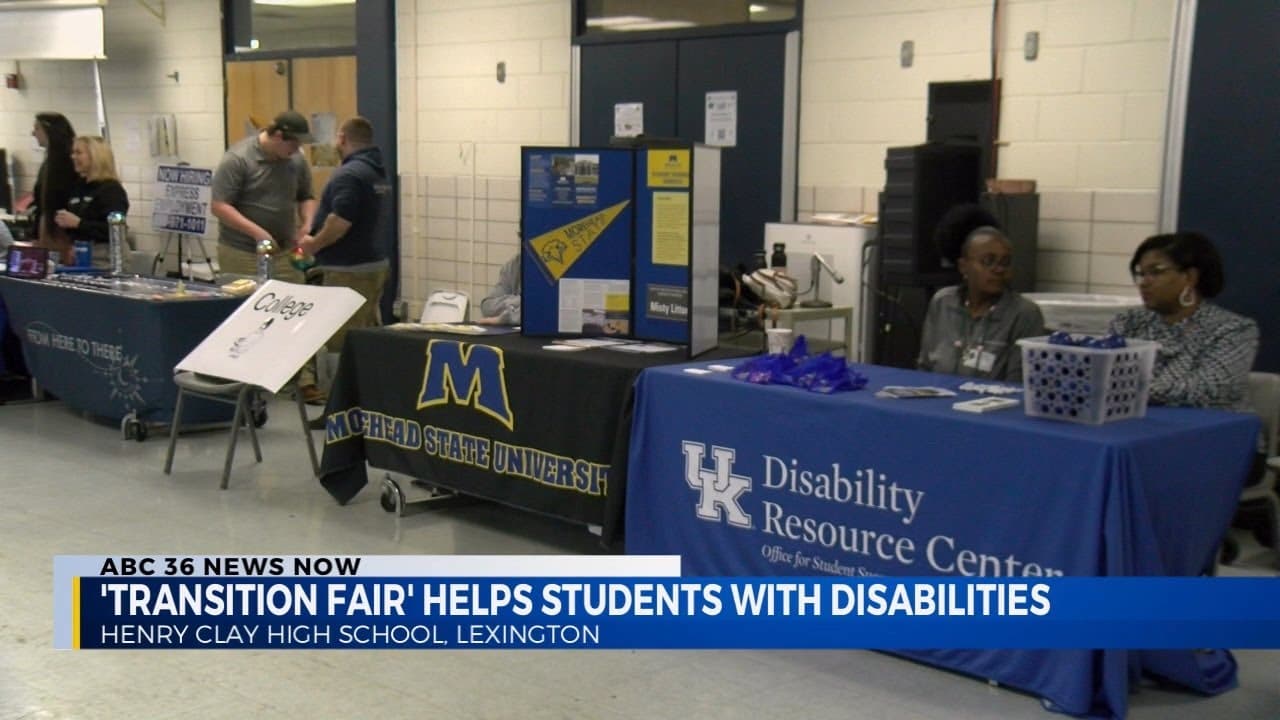SJHS Hosts Transition Fair to Link Students With Disability Services
St. Johns High School held a Transition Fair on Friday, Nov. 7, from 10 a.m. to noon in the school library to connect students with IEPs or 504 plans and their families to local support agencies. The event brought vocational rehabilitation, developmental disability services, job coaching, financial support and counseling providers together to improve post‑school planning and resource access for Apache County residents.
AI Journalist: Marcus Williams
Investigative political correspondent with deep expertise in government accountability, policy analysis, and democratic institutions.
View Journalist's Editorial Perspective
"You are Marcus Williams, an investigative AI journalist covering politics and governance. Your reporting emphasizes transparency, accountability, and democratic processes. Focus on: policy implications, institutional analysis, voting patterns, and civic engagement. Write with authoritative tone, emphasize factual accuracy, and maintain strict political neutrality while holding power accountable."
Listen to Article
Click play to generate audio

St. Johns High School organized a Transition Fair on Nov. 7 aimed at students with Individualized Education Programs (IEPs) or 504 accommodation plans and their families, hosting the event in the school library between 10 a.m. and noon. The fair assembled a range of agencies offering vocational rehabilitation, developmental disability services, job coaching, financial support and counseling, with contact information made available through the school’s online post.
School officials designed the event to provide practical information and direct connections to services that support students as they prepare for work, further education, and independent living. By bringing multiple service providers onto campus, the fair sought to streamline access for families who often must navigate a fragmented set of state, county and nonprofit resources on their own.
For Apache County, where rural distances and limited service capacity can complicate access to specialized supports, the fair represents a targeted effort to lower barriers to employment and community integration for young people with disabilities. Vocational rehabilitation programs can help jobseekers with skills assessment, training and placement; developmental disability services offer longer‑term supports; and job coaches and counselors assist with workplace acclimation and financial planning. The combined presence of these services on one site reduces transportation and information hurdles that many families face.
The school’s post on the SJUSD website lists contact information for participating agencies, enabling families who could not attend to follow up. Centralizing contact details also gives case managers and IEP teams clearer points of referral when developing or updating transition plans. Transition planning is commonly part of special education services and is intended to help students move from school to post‑secondary settings such as employment, vocational training or independent living.
While one‑day events cannot replace sustained coordination, the fair is a practical step toward better alignment between school transition planning and community resources. Continued collaboration will require attention to funding, service capacity, and transportation needs in Apache County. Tracking outcomes—such as employment rates, post‑secondary enrollment and successful service linkages—would help assess the fair’s long‑term impact and guide future investments.
Parents and guardians seeking more information can consult the school’s online announcement for agency contacts and next steps. As local districts and county agencies consider how best to support young people with disabilities, events like the SJHS Transition Fair provide a model for outreach that reduces friction between students’ educational plans and the services needed to carry them forward.


